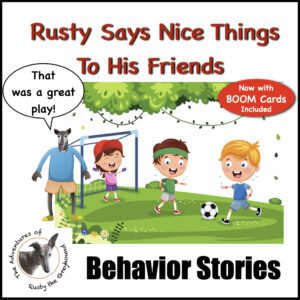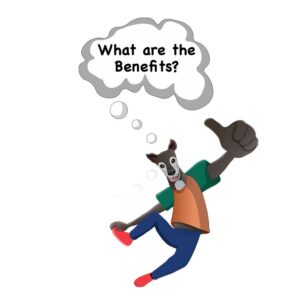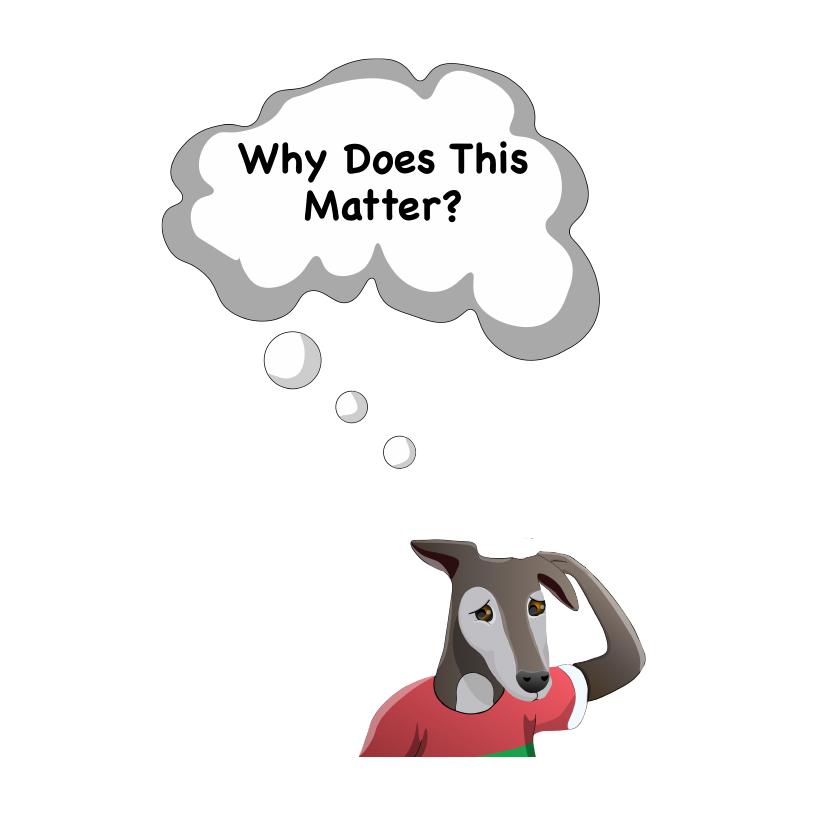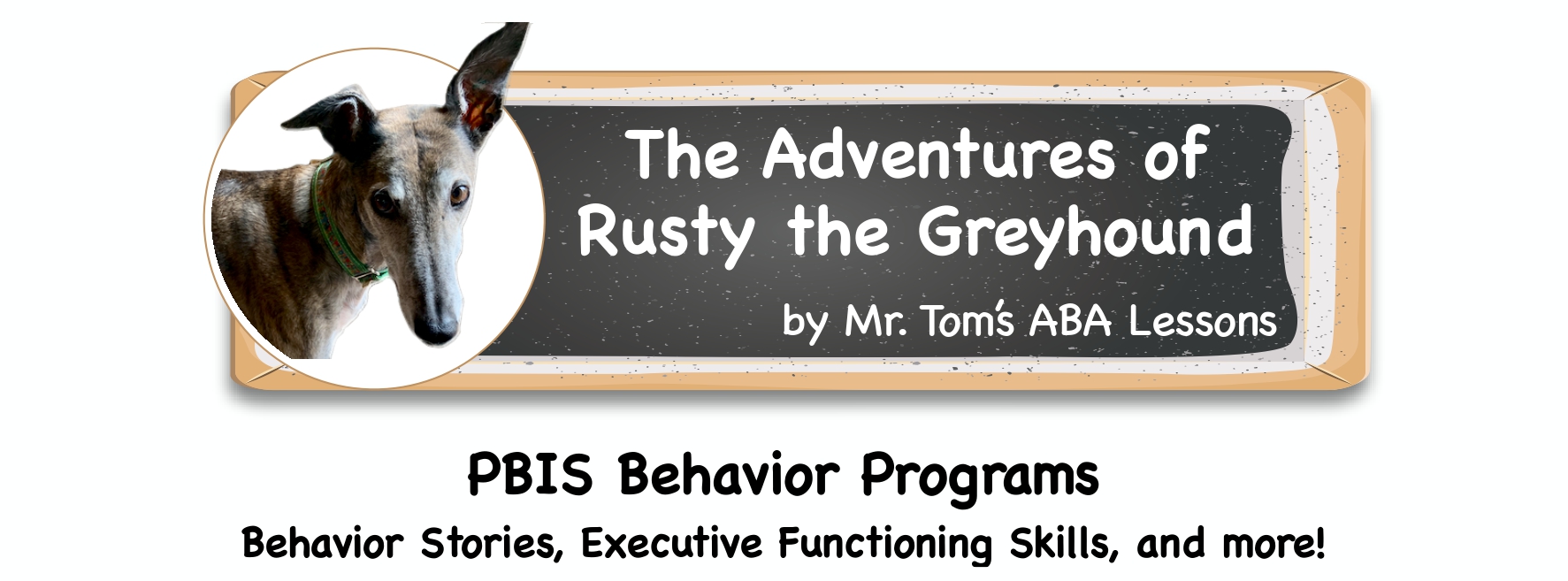
On your social media, when you receive a “like,” you may appreciate someone engaging in your post. On the other hand, when you receive a comment, you probably appreciate the commenter’s involvement in your post more than a simple “like.” If the comment is specific and positive, such as a compliment, this appreciation is likely even stronger. And an immediate, positive response feels awesome!
Use this Applied Behavior Analysis (ABA) technique in the application of educational psychology to your classroom. When you give immediate, specific praise to a student, you are using a strong Positive Behavioral Interventions and Supports (PBIS) strategy. This behavior management strategy—which falls under the ‘S’ (student feedback and engagement) of RUSTY—can improve your students’ classroom behavior.
What are the benefits?

The sooner you give rewards (tangible and intangible)—and the more specific the praise is—the better classroom behavior you will see. When you encourage beneficial behavior, the students will enjoy receiving attention for “getting caught” doing a positive behavior.
Then, they will do this productive behavior again, at which point you will praise them again. Eventually, the students will be proactive without you even around. For example, I always appreciate receiving completed homework, as well as positive substitute notes.
Why does this matter?

Use immediate, specific praise as an evidence-based instructional practice (EBIP). This way, you will encourage the students to understand the expectations quicker. The more you use this student feedback behavior management strategy, the better the students will engage in the lesson. The benefits of student engagement in statistics and classroom behavior are well worth your praise.
What does this look like?

Praise is an indispensable EBIP. A good rule of thumb: give five praises for every correction. Examples include:
- Giving a high five or fist bump
- Complimenting a great answer to a question
- Showing a thumbs up
- Saying “great job for doing [specific behavior]”
- Giving a piece of candy for participation
- Giving a hand stamp or sticker reward
Concerning classroom behavior, always be prepared to “catch” your students making good decisions. Give special praise to a student who frequently misbehaves when they authentically do a task well. This student will take notice of how the positive attention made them feel proud.



